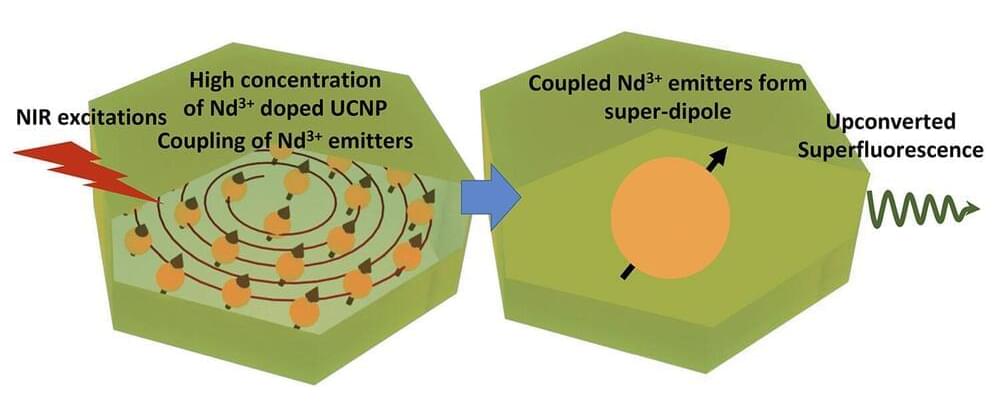Mathematical derivations have unveiled a chaotic, memristor-based circuit in which different oscillating phases can co-exist along six possible lines.
Unlike ordinary electronic circuits, chaotic circuits can produce oscillating electrical signals that never repeat over time—but nonetheless, display underlying mathematical patterns. To expand the potential applications of these circuits, previous studies have designed systems in which multiple oscillating phases can co-exist along mathematically-defined “lines of equilibrium.” In new research published in The European Physical Journal Special Topics, a team led by Janarthanan Ramadoss at the Chennai Institute of Technology, India, designed a chaotic circuit with six distinct lines of equilibrium—more than have ever been demonstrated previously.
Chaotic systems are now widely studied across a broad range of fields: from biology and chemistry, to engineering and economics. If the team’s circuit is realized experimentally, it could provide researchers with unprecedented opportunities to study these systems experimentally. More practically, their design could be used for applications including robotic motion control, secure password generation, and new developments in the Internet of Things—through which networks of everyday objects can gather and share data.








